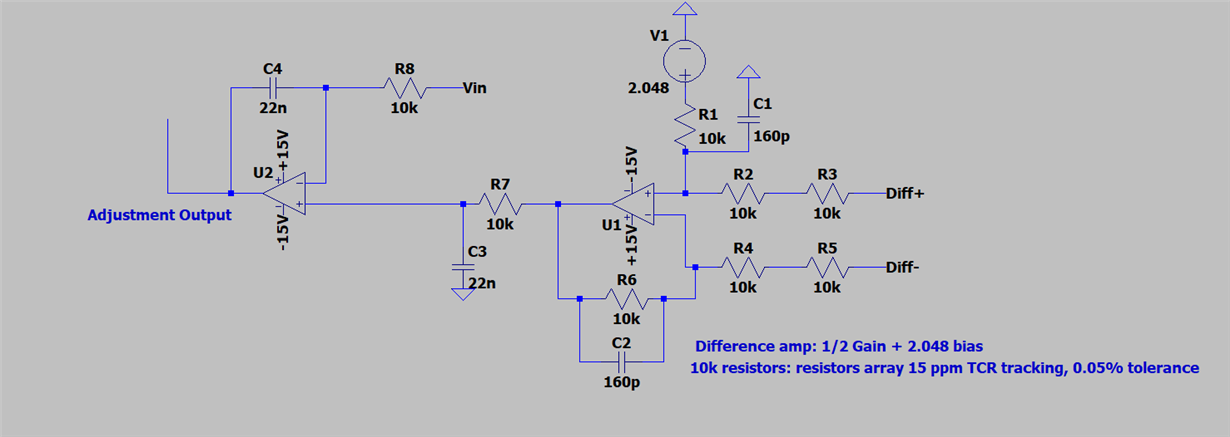Other Parts Discussed in Thread: OPA2182, OPA189
Hello,
I require input offset and bias current temperature drift data of opa2189. The information is not given in the datasheet. In my design I use large resistors therefore the bias and offset current drift are important. I tried to extrapolate the drift by looking at the typ. and max. values, but I am not sure how accurate they are going to be.
I calculated 31.66 pA/C of offset drift based on 600pA of offset current(max.) at room 25C and 2.5nA of offset current at 0 from 85 C. (2500pA-600pA)/(85-25). As I said before I don't know if the way I calculated the drift even makes sense.
Can you provide at least ballpark figures on current drift(offset and bias)? I know that figure 11 kind of shows the bias and offset drift, but it's not obvious what's happening.
Thanks!



